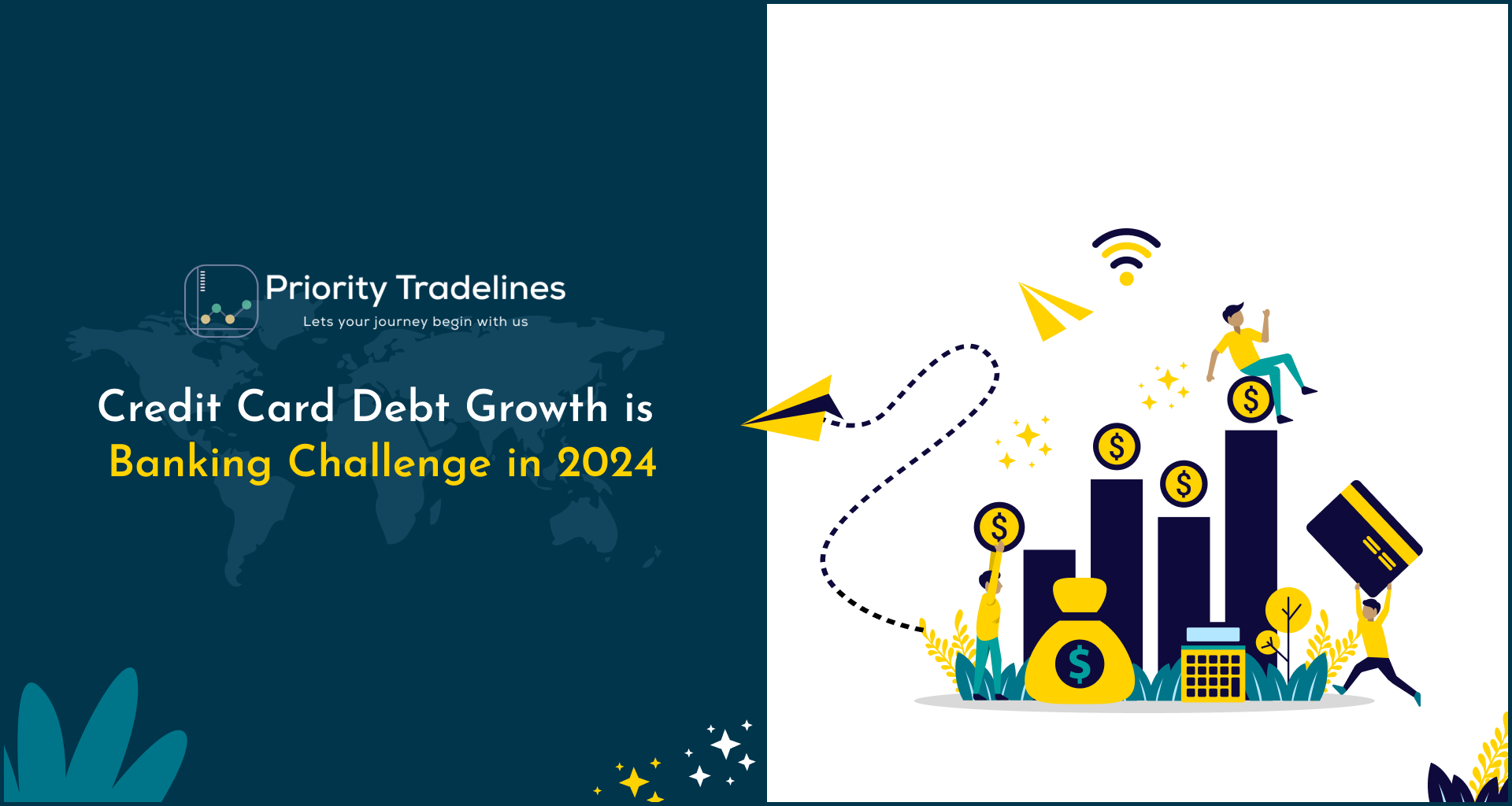In the ever-evolving realm of banking and finance, one challenge that looms large on the horizon is the persistent growth of credit card debt. As we step into 2024, the landscape is marked by an unprecedented surge in the usage of credit cards, accompanied by a concerning increase in the levels of debt incurred by consumers.
The Surge in Credit Card Usage
Over the past few years, credit cards have become an integral part of daily transactions for millions. The ease of use, coupled with the convenience of not carrying cash, has fueled a surge in credit card adoption. In 2024, it's not just a piece of plastic; it's a gateway to a world of transactions, rewards, and seemingly limitless purchasing power.
The Growing Debt Conundrum
However, the flip side of this financial evolution is the alarming increase in credit card debt. Consumers, enticed by the allure of instant gratification and the promise of rewards, find themselves trapped in a cycle of debt that can be difficult to break free from.
Factors Contributing to the Growth:
-
Proliferation of Credit Card Offers: Financial institutions inundate consumers with a plethora of credit card offers, each promising exclusive benefits and rewards. The abundance of choices often leads to impulsive decisions and increased credit card acquisition.
-
Rising Cost of Living: In the face of a rising cost of living, individuals often turn to credit cards to bridge the gap between income and expenses. From basic necessities to unexpected emergencies, credit cards seem like a quick and accessible solution.
-
Lack of Financial Education: The lack of comprehensive financial education leaves many individuals unaware of the long-term consequences of accumulating credit card debt. Understanding interest rates, minimum payments, and the impact on credit scores is crucial for responsible credit card use.
The Banking Challenge
This surge in credit card debt poses a significant challenge for banks and financial institutions. Managing the associated risks while maintaining a healthy customer relationship requires a delicate balance.
Steps Banks Can Take:
-
Enhanced Financial Literacy Programs: Financial institutions can play a proactive role in addressing the root cause by investing in robust financial literacy programs. Educating consumers about responsible credit card usage, debt management, and the implications of interest rates can empower them to make informed decisions.
-
Strategic Debt Management Solutions: Banks can collaborate with customers to develop personalized debt management plans. This may involve restructuring payment schedules, offering lower interest rates, or providing resources for debt consolidation.
-
Innovative Technology Integration: Leveraging technology to offer innovative solutions can streamline the debt repayment process. Mobile apps and online platforms that provide real-time insights, budgeting tools, and personalized financial advice can empower customers to take control of their financial well-being.
Conclusion
As credit card debt continues to rise, addressing this banking challenge requires a collective effort from financial institutions, policymakers, and consumers alike. A paradigm shift towards responsible credit card usage, coupled with comprehensive financial education, is essential to navigate these challenging waters successfully.
In 2024, the financial landscape demands a recalibration of our approach towards credit cards – from being a source of convenience to a tool for responsible and sustainable financial management. The journey towards financial freedom begins with understanding the implications of our choices and making informed decisions that shape a secure and prosperous future.



